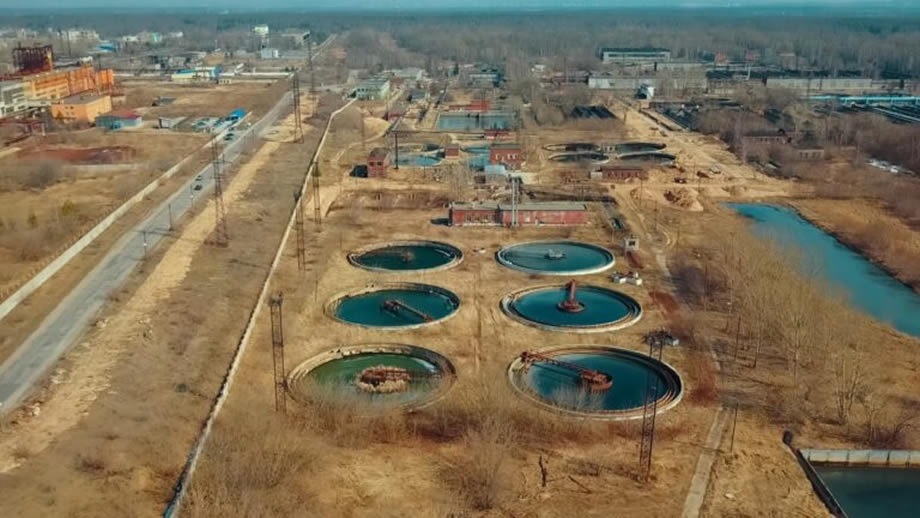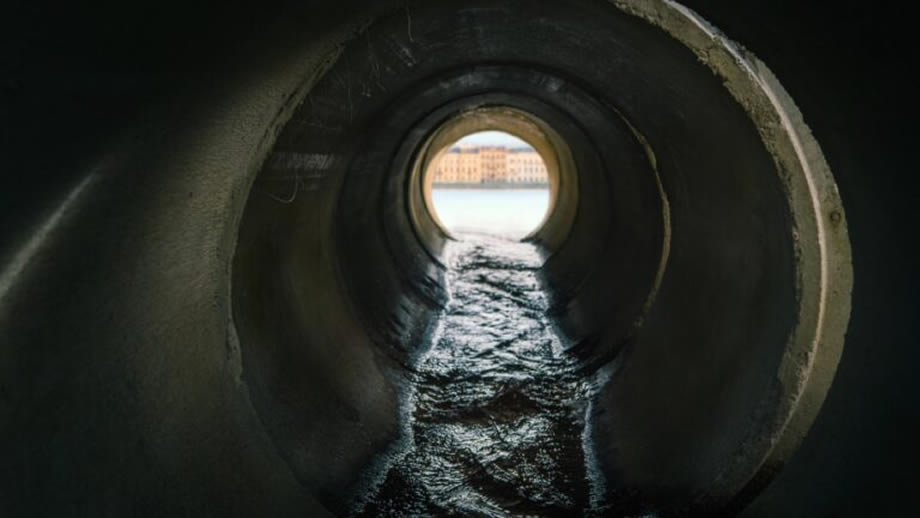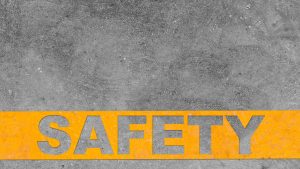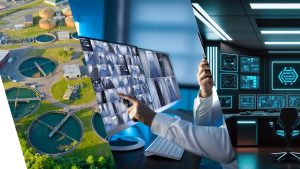What is Non-Collective Wastewater Treatment?

What is Collective Wastewater Treatment?

How Does Non-Collective Wastewater Differ?

Non-Collective Wastewater Devices
Microstations
Compact Filters
In appearance, compact filters look like ventilation stacks on the ground. Compact filters include a primary tank and a filter bed made of various materials, including coconut shavings, sand, zeolite, rock wool and others, whereby the purifying bacteria is fixed. The primary treatment, therefore, first uses all the greywater collected from the house first to treat it, and afterwards, secondary treatment occurs in the filter bed. The filter bed breaks down pollutants with the help of the bacteria that are fixed. As a final step, the treated wastewater will be infiltrated into the ground or discharged into the ditch, depending on the situation. The great thing about this type of non-collective wastewater treatment is that it requires no electricity, is easy to install, and has low maintenance. However, every 8 to 15 years, secondary ventilation, which is a very costly filter needs to be changed.
Planted Reed Filters
In this approach, treatment is first done in a primary tank, after which the phyto-purification approach is implemented through a reed filter. The root of reeds is known to help wastewater managers to drain mineral nourishment, form oxygen and act as a support for aerobic bacteria. They are used to source organic nitrogen for terrestrial plants. A sludge which is connected to the treatment process is made accessible to these plants to help break down and mineralise organic waste through the bacteria. This system requires quite some attention from wastewater managers who must, every autumn, cut the vegetative part of the reeds to bring oxygen to the pond that will be able to filter the wastewater better. The maintenance of the reed can therefore be a time-consuming process. One of the greatest advantages of this is that there is no odour release or sludge production.
Sand Filter
Here, a primary tank collects wastewater from the house, passes it through a gravel portion and filters it through a sand filter at the end of the process. The microorganisms within the soil are used to purify the water. There are two types of sand filters, including drained and non-drained. The difference between the two is that while the treated water is sent to a network of pipes, the released water enters a ditch, whereas, in a non-drained filter, it seeps deep into the earth. While a sand filter process can be built with less space, it is often noted that it is quite complicated because of the danger of perforation. It is also more costly and requires wastewater managers to ensure that no plant, road or structure is built above the filter.







